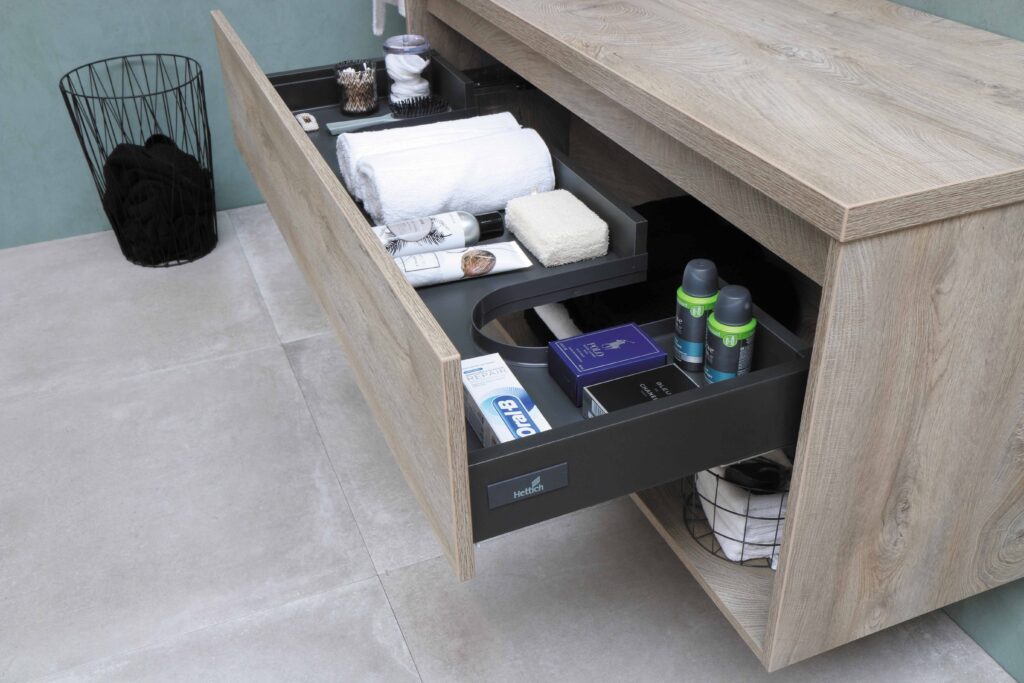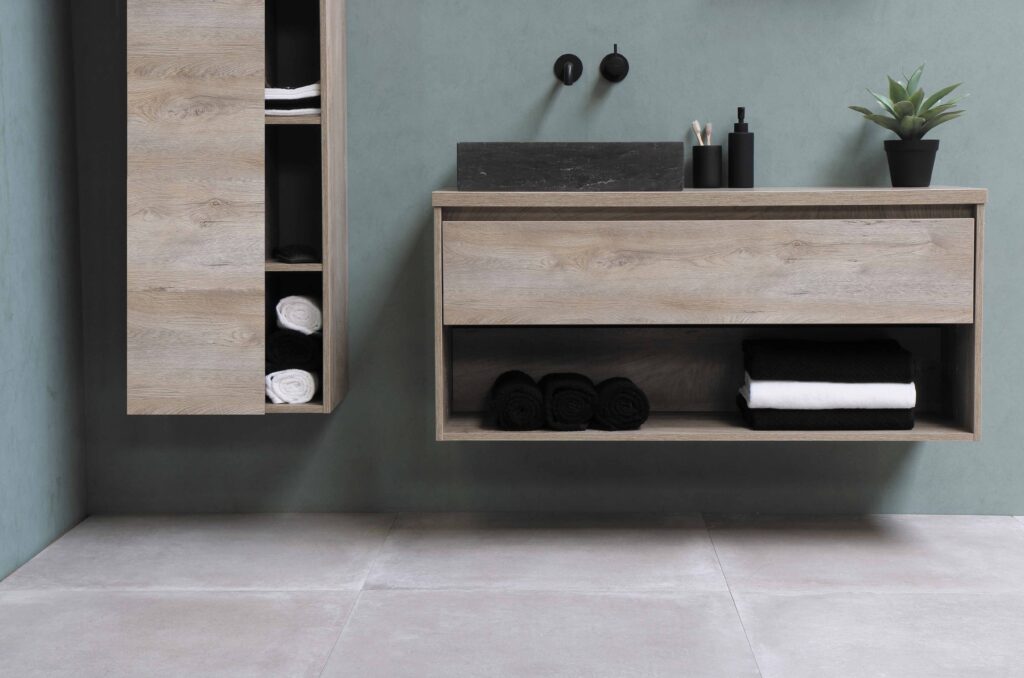Minimalism has become a popular lifestyle choice for many individuals seeking simplicity, clarity, and a sense of peace. By focusing on what truly matters and eliminating unnecessary clutter, minimalism offers numerous benefits, including reduced stress, increased productivity, and improved overall well-being.
A key aspect of embracing minimalism is implementing efficient storage solutions that optimize space utilization while maintaining a clean and organized environment.

Understanding efficient storage solutions
To achieve an organized and minimalist living space, it is essential to invest in efficient storage solutions. Efficient storage not only helps keep belongings organized but also ensures easy access to items when needed. When selecting storage options, factors such as functionality, aesthetics, and sustainability should be considered.
Decluttering and organizing
The first step towards efficient storage is decluttering and organizing belongings. Start by sorting through items and purging those that are no longer needed or bring little value. Categorize the remaining items and group them accordingly, making it easier to locate and store them efficiently. Utilizing storage containers, such as baskets, bins, and boxes, can further enhance organization and optimize available space.

Maximizing space utilization
Maximizing space utilization is crucial in minimalist living. Vertical storage options, such as wall shelves and hanging organizers, allow for efficient use of wall space. Additionally, underutilized spaces, such as the area under beds or stairs, can be transformed into storage solutions by using storage boxes or installing custom-built cabinets. Investing in multifunctional furniture, such as ottomans with hidden storage or beds with built-in drawers, provides dual purposes while minimizing clutter.
Creating a minimalist aesthetic
Apart from functionality, storage solutions should align with the minimalist aesthetic. Keep the design simple and uncluttered, avoiding excessive ornamentation. Opt for neutral colors and clean lines to create a visually appealing and calming environment. Incorporating natural materials, such as wood or bamboo, adds warmth and a sense of connection to nature.

Digital storage solutions
Minimalism extends beyond physical belongings to digital clutter. Utilize cloud storage services for documents and files to free up physical space and ensure easy access from any device. Organize digital media, such as photos and videos, into well-structured folders and utilize software or applications that assist in efficient management.
Maintaining an organized lifestyle
To sustain a minimalist lifestyle, regular maintenance and cleaning are essential. Allocate dedicated time for organizing and decluttering, ensuring that items are returned to their designated storage spaces. Avoid unnecessary purchases and carefully evaluate each item’s value and purpose before acquiring it. Practice mindfulness and intentionality in all aspects of life to prevent clutter from reaccumulating.

Conclusion
Efficient storage solutions are the backbone of a minimalist lifestyle. By decluttering, maximizing space utilization, and embracing minimalistic aesthetics, individuals can create an organized and serene living space. Digital storage solutions further complement this lifestyle by eliminating digital clutter. By adopting efficient storage practices and minimalism as a whole, individuals can experience the numerous benefits that this lifestyle offers, including increased focus, reduced stress, and a greater appreciation for what truly matters.
FAQs
What are the key principles of minimalism?
The key principles of minimalism include decluttering, focusing on essentials, embracing simplicity, and seeking intentional living. It involves eliminating unnecessary possessions, simplifying routines, and prioritizing what truly adds value and joy to one’s life.
How can I start decluttering my space?
Start by tackling one area at a time, sorting through items and categorizing them into “keep,” “donate/sell,” or “discard” piles. Be honest with yourself about the necessity and value of each item. Gradually work through each space, maintaining a systematic approach.
Are there any specific storage solutions for small apartments?
Yes, several storage solutions cater specifically to small apartments. Utilizing vertical space with wall shelves, investing in furniture with built-in storage, and using under-bed or over-door organizers are excellent ways to maximize storage in limited areas.
Can minimalism be applied to digital clutter?
Absolutely! Minimalism can extend to digital clutter as well. Utilize cloud storage services for files, organize digital media into well-structured folders, and regularly delete unnecessary emails and files to maintain a clutter-free digital environment.
What are some additional resources for learning about minimalism?
Several books, blogs, and documentaries provide valuable insights into minimalism. Some popular resources include “The Life-Changing Magic of Tidying Up” by Marie Kondo, “Essentialism: The Disciplined Pursuit of Less” by Greg McKeown, and the documentary “Minimalism: A Documentary About the Important Things” by The Minimalists.
